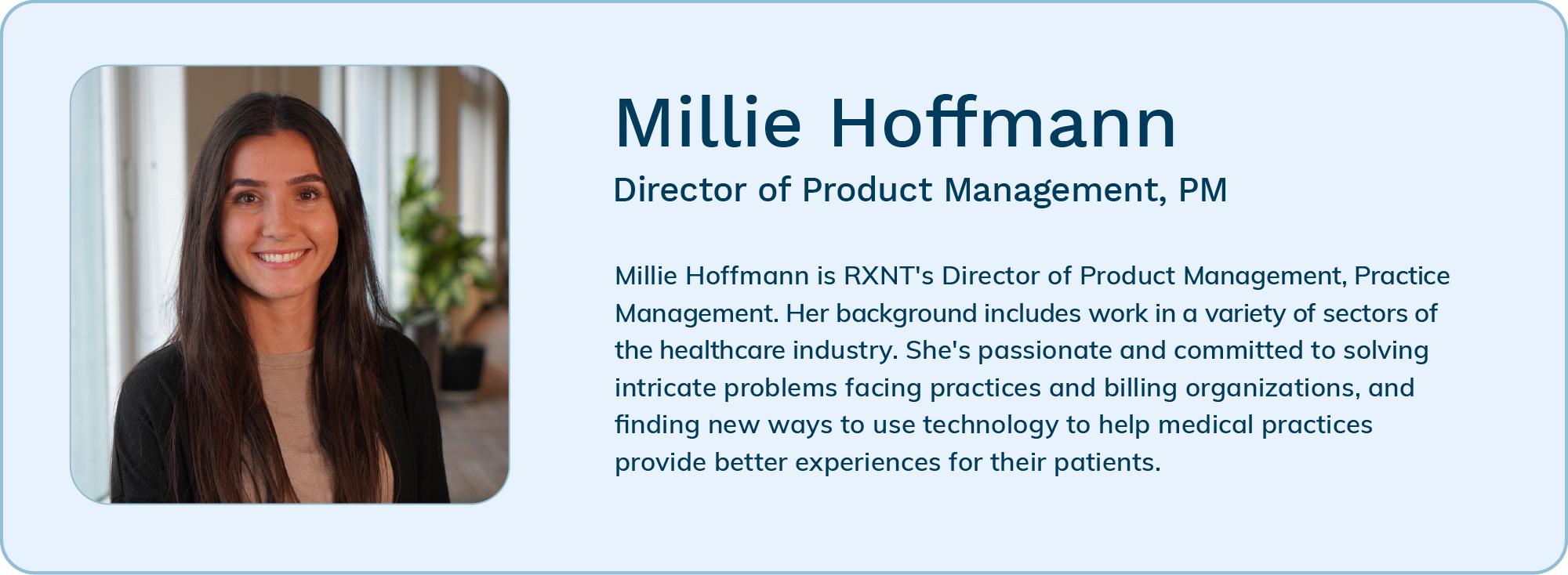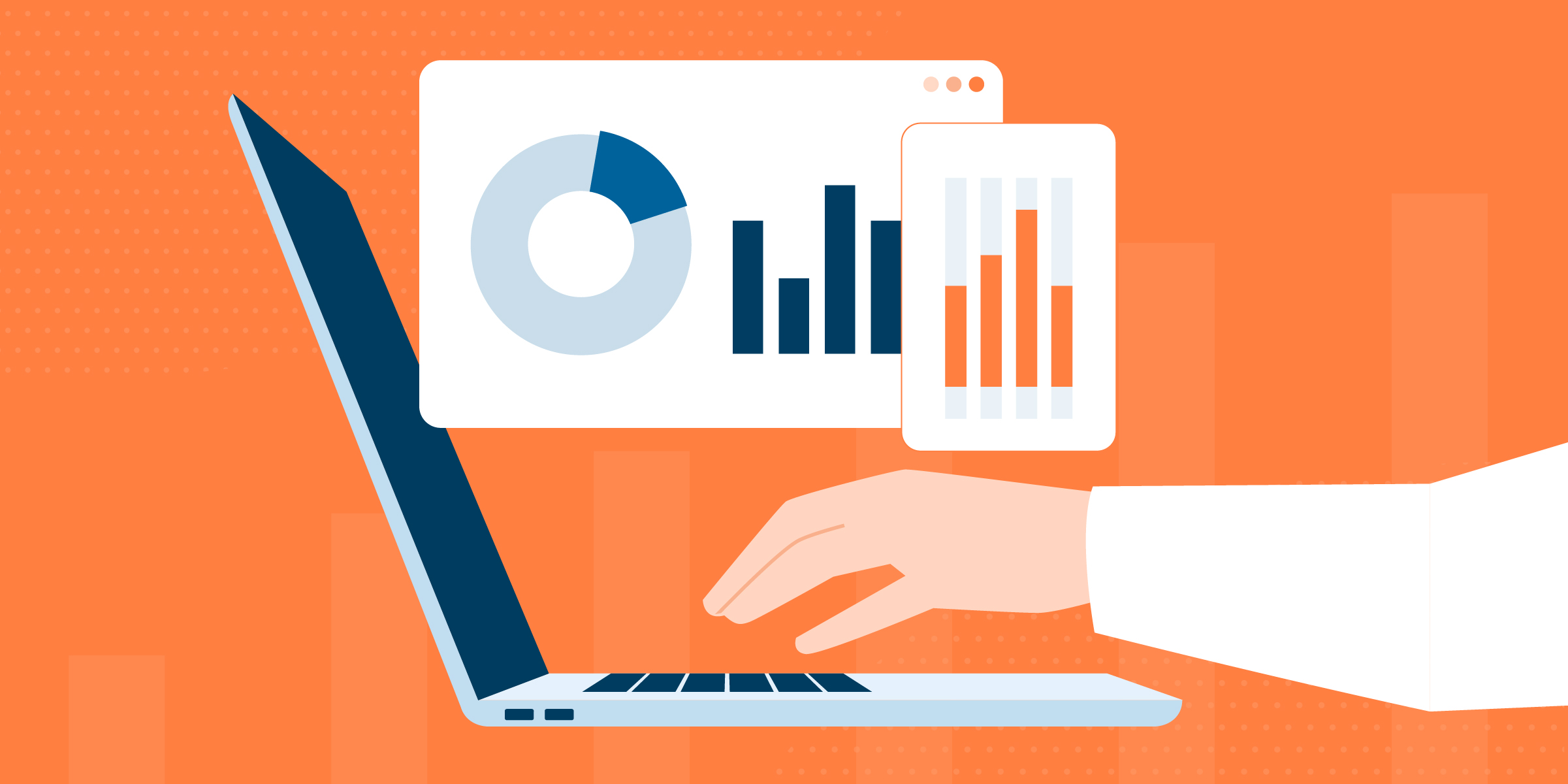With mounting pressures, healthcare providers have sought new ways to optimize their financial processes and increase revenue generation. One key way facilities are doing this is through revenue cycle management (RCM).
Managing healthcare finances is a delicate process. Without the right focus, it’s easy for efficiency to drop and for things to become unstable. Because of this, it’s more important than ever for organizations to gather detailed data — something that can turn the light on the next big opportunities. According to the National Institute of Health (NIH), 25% of nonprofit hospitals are currently experiencing negative margins. This data is supported by another study that reported more than half of hospitals were not profitable in 2022.
With mounting pressures, healthcare providers have sought new ways to optimize their financial processes and increase revenue generation. One key way facilities are doing this is through revenue cycle management (RCM).
Traditionally, RCM relied primarily on manual processes and disparate systems, which resulted in inefficiencies and revenue leakage. However, as new technologies have emerged — including advanced analytics and data-driven technologies — healthcare providers have more tools available to streamline operations, optimize revenue streams, and improve their overall financial performance.
Below, we’ll review the basics of RCM software, the current trends and challenges in the RCM landscape, the data tools available to help you improve RCM, and how to use data insights to make more strategic financial and operational decisions.
Understanding RCM Software
RCM is the financial process that “healthcare facilities use to track patient care episodes from registration and appointment scheduling to the final payment of a balance to ensure proper identification, collection, and management of revenues from patient services.”
RCM software is a suite of tools designed to streamline and automate the various processes involved in RCM. This includes appointment scheduling, patient registration, insurance verification, claims processing, billing, and collections.
Most RCM software integrates with electronic health record (EHR) systems and other healthcare IT platforms to streamline data sharing and interoperability. Although the features of RCM vary from vendor to vendor, most include the following features:
- Claims Processing: This functionality automates the submission, tracking, and management of insurance claims to accelerate reimbursement
- Billing and Invoicing: Software tools can generate accurate and timely patient bills, including co-pays, deductibles, and outstanding balances.
- Denial Management: These tools can identify and resolve claim denials to minimize leakage and optimize cash flow.
- Reporting and Analytics: Arguably the most important feature, this capability provides actionable insights into key performance indicators (KPIs) and revenue metrics to drive decision-making.
What Does the RCM Landscape Look Like Now?
Today’s healthcare landscape is characterized by a number of increasing complexities — from ever-evolving regulatory changes and payment methods to rising healthcare costs and technological advancements. The dynamic nature of the RCM landscape has put healthcare providers under pressure to reduce administrative costs, increase revenue, and improve the patient experience.
Yet, the dynamic nature of the RCM landscape is just one of the challenges facing healthcare organizations. Some of the main challenges around RCM include:
- Manual Processes: Paper and manual processes are still creating problems in healthcare — despite today’s rapid digitization. Continued reliance on these manual workflows leads to errors, delays, and increased administrative costs.
- Complex Reimbursement Rules: Navigating the complex landscape of payment policies, coding guidelines, and billing regulations makes it difficult for healthcare organizations to accurately submit reimbursement claims.
- Denial Management: Claims denials are a huge barrier to optimizing revenue, as the process requires time-consuming appeals and extensive rework.
- Data Silos: Fragmented data across disparate systems hinders organizations’ visibility into revenue performance, which further inhibits data-driven decision-making.
Here’s the good news: all that’s needed to overcome these challenges is data. By harnessing the power of advanced data analytics, healthcare organizations gain deeper insights into revenue streams, inefficiencies, and opportunities for optimizing their financial performance. Put simply, data-driven RCM enables healthcare organizations to more proactively manage claims, improve cash flow, and increase revenue.
What Organizations are Missing by Neglecting Data
Practices that disregard data optimization risk lost revenue and poor efficiency. Multiple research studies have shown that organizations that leverage advanced analytics for RCM significantly improve their revenue capture, denial management, and overall financial performance. In fact, one study found that healthcare providers who use predictive analytics for claims processing reduced claim denials by 20% and increased revenue capture by 15%.
Data plays a pivotal role in organizations realizing these benefits. Data analytics enable organizations to gain valuable insights into their revenue streams, identify inefficiencies, and implement strategies to enhance financial performance.
For example, a data-driven approach to RCM enables organizations to develop more accurate revenue forecasts. With these insights, healthcare facilities can allocate their resources more effectively and respond more effectively to cash flow fluctuations. Additionally, this data can uncover patterns in claim denials, enabling organizations to develop more effective strategies to reduce denials and increase claim approvals.
Here’s another example: by leveraging data in your RCM strategy, healthcare facilities can increase patient satisfaction and loyalty, which leads to more financial stability and operational efficiency. For example, offering more streamlined payment options or personalized financial assistance enables organizations to serve patients better, increasing the likelihood that patients will pay on time and continue coming to facilities for care.
Additionally, by integrating data from various sources, such as electronic health records (EHRs), billing systems, and payer contracts, healthcare facilities gain more visibility and transparency across their entire revenue cycle. This ultimately results in more informed decision-making and strategic planning.
How to Choose the Right Data Tools for RCM Optimization
Optimizing RCM with data is all dependent on the right data tool. The right one will provide more visibility, increase efficiencies, and free up data. The wrong one will slow processes, silo data, and trap revenue. When looking at healthcare data tools, keep the following in mind:
- Scalability: Look for tools that can easily scale with your organization’s growth and evolving needs.
- Integration capabilities: Ensure the tool you’re considering can easily integrate into your existing systems and data systems. This will help decrease disruptions.
- Customization options: Flexibility and customization are critical for data tools as they enable you to tailor the tool to your specific needs.
- Types of data captured and analyzed: Look for data tools that capture critical KPIs, including collection rates, denial rates, per patient visit revenue, average days to payment, and claim lag time.
- Data security and compliance: With data regulations constantly changing, prioritize solutions that adhere to industry standards and data security and privacy regulations.
- Vendor reputation and support: Consider the reputation and support of the vendor. Look for one with a track record of success and responsive customer support.
You’ll also want to ensure the data tools you’re using enable you to create streamlined, efficient workflows. Consider the needs of your team as well as the long-term goals of your business. This ensures the data tool you integrate furthers your organization’s progress rather than hinders it.
Unlocking the Potential of Data in Your RCM Strategy
In an increasingly complex healthcare landscape characterized by evolving payment models, regulatory requirements, and rising costs, healthcare facilities need to create more efficient RCM processes. The only way to do this? Data. The best way to unlock data from within your healthcare facility? RXNT.
RXNT’s fully integrated Full Suite platform includes every product — including Electronic Prescribing, EHR with Patient Portal, and Medical Billing and Scheduling — needed to increase RCM efficiency.
For example, RXNT’s Medical Billing Software not only streamlines the billing process but also provides valuable data into where payment inefficiencies and delays are occurring. This enables healthcare facilities to take proactive steps to eliminate payment delays and increase revenue.
With RXNT, healthcare facilities can centralize all facility and patient data into a single location, providing much-needed visibility into operations and inefficiencies. Armed with these insights, healthcare organizations can improve RCM and realize all the benefits that come with it.
To see what RXNT can do for your RCM processes, get in touch with our team today.





